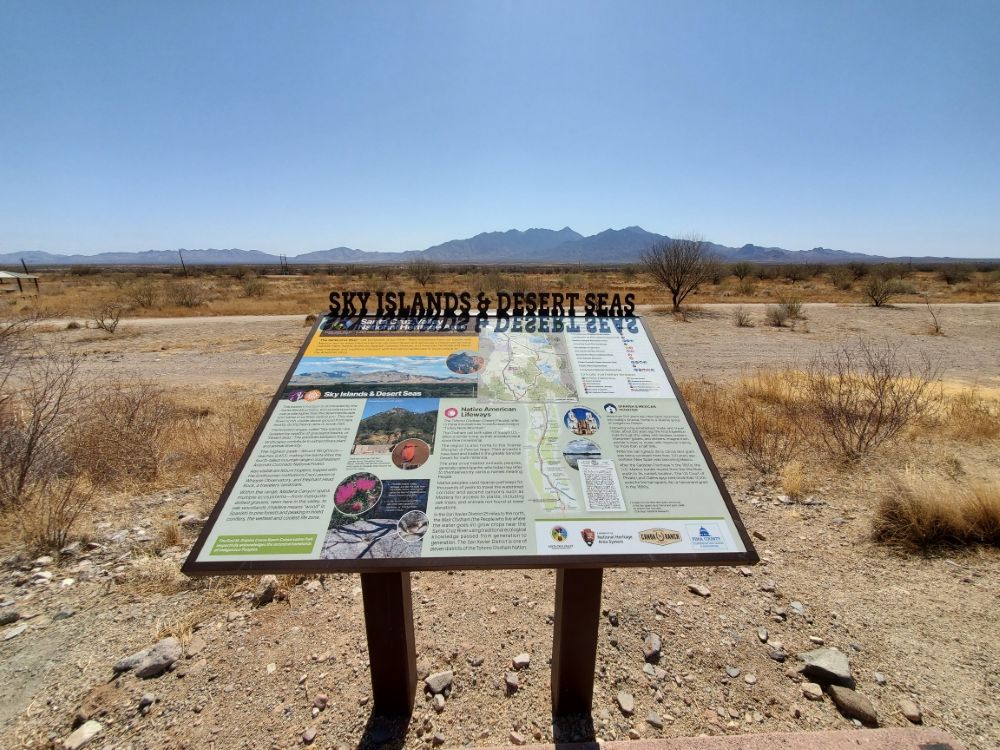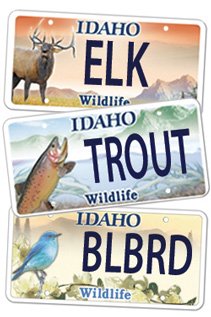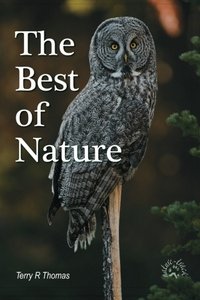Island Habitats part 2

©Terry R. Thomas/www.nature-track.com
Sky islands, like the Santa Rita mountains in the background, are important habitats in the southwest.
English poet John Donne penned in 1624, “No man is an island, entire of itself; every man is a piece of the continent, a part of the main.” That is true for humans, not so for habitat. Island habitats, specific ecosystems completely surrounded by an incompatible ecosystem, exist in many forms from oceanic islands to mountain ranges to lakes and even under water. These habitats are hotbeds for the development of species that live only in that place, called endemic species.
Islands of the seas are well known for their biodiversity and species richness. The same is true for long established terrestrial islands. The development of unique species on an island habitat depends upon several things. First, just how isolated is the island? Is there, as Donne suggests, a connection to the “continent” however slim, or is the isolation complete? Can animals or seeds from outside the island populations occasionally make it to its shores? The stronger the isolation, the higher the propensity for endemism.
The length of time an area has been isolated is also a factor. The section of forest I mentioned in the last column had been an island for perhaps a decade, that wasn’t long enough to even begin the process. While endemism can happen relatively quickly ecologically speaking, it is closer to say that endemism is still a long process from a human point of view.
The larger the island area, the faster the process of endemism often proceeds. If the area is large, there are lots of vacant niches and species quickly adapt to fill them. There is also more area available to absorb potential extinction events.
Island habitats are vulnerable because they have developed their own balances and tipping points often unrelated to those operating in the surrounding “seas”. This balance can be easily upset by natural events such as storms and fires or unnatural events such as logging, agriculture, or introduction of non-native plant or animal species. The islands of Hawaii, for instance, have lost 95 of 142 endemic bird species and 72 species of land snails, 69 species of insects, and over 100 species of plants since colonization, according to the Center for Biological Diversity.
These were all species found only on the Hawaiian islands and were a direct result of island isolation driving speciation. Colonizers brought in non-native plants and animals and quickly upset the ecosystem of the islands. While the Hawaiian islands are islands in the traditional sense, other habitat islands can suffer a similar fate as well.
There are many threats to island ecosystems. For species specialized to live on mountain tops for instance, as the climate warms, there is really nowhere else for them to go—they are already at the top and cannot find a cooler climate. Introduction of non-native species can dramatically upset the balance of species that have never faced predation or competition. Such is the case of the brown tree snake in Guam. The brown tree snake is native to Australia and Indonesia and was first detected on Guam in the 1950s, likely coming in as a hitchhiker on imported cargo. This invasive snake has been responsible for the loss of nine of the 11 native forest birds on Guam and has caused significant declines of native lizards and bats as well.
Fragmentation of habitat through logging and agriculture often creates tiny islands that are too small to function as island habitat. These become patchy habitat which, while better than nothing, are not nearly as valuable as intact habitat or large habitat islands.
Almost by definition, each island habitat is unique. Perhaps the most diverse of all is the island off the east coast of Africa named Madagascar, which split from the African coast 160 million years ago. Of the 200,000 species on this giant island (nearly the size of Texas), 150,000 are endemic—found nowhere else in the world. That is the power of time and isolation when it comes to island habitats.
Help Idaho Wildlife
When we traveled across the state in October 2017, we visited most of the Idaho Department of Fish and Game wildlife management areas. Most of the vehicles we saw using the wildlife management areas did not have wildlife plates. Buying wildlife plates is a great way for non-hunters and hunters alike to support wildlife-based recreation like birding.
C'mon folks, let's help Idaho's wildlife by proudly buying and displaying a wildlife license plate on each of our vehicles!
See below for information on Idaho plates. Most states have wildlife plates so if you live outside Idaho, check with your state's wildlife department or vehicle licensing division for availability of state wildlife plates where you live.
And tell them that you heard about it from Nature-track.com!

Wildlife License Plates
Great news! as of 2024, there are three NEW designs for license plates. They still are bluebird, cutthroat trout and elk, but they are beautiful.
Idaho Wildlife license plates provide essential funding that benefits the great diversity of native plants and wildlife that are not hunted, fished or trapped—over 10,000 species or 98% of Idaho’s species diversity. Game species that share the same habitats (such as elk, deer, antelope, sage-grouse, salmon, trout) also benefit from these specialty plates.
No state tax dollars are provided for wildlife diversity, conservation education and recreation programs. Neither are any revenues from the sale of hunting or fishing licenses spent on nongame species. Instead, these species depend on direct donations, federal grants, fundraising initiatives—and the Idaho Wildlife license plates.
Both my vehicles have Bluebird Plates. I prefer the bluebird because the nongame program gets 70 percent of the money from bluebird plates, but only 60 percent of the money from elk and trout plates - 10 percent of the money from elk plates supports wildlife disease monitoring and testing programs (to benefit the livestock industry) and 10 percent from cutthroat plates supports non-motorized boat access.
Incidentally, in 2014, the Idaho Legislature denied the Department of Fish and Game the ability to add new plates or even to change the name of the elk and cutthroat plates (very specific) to wildlife and fish plates, a move that would have allowed for changing images occasionally and generating more revenue. It would seem that they believe that we Idahoans don't want a well funded wildlife program.
I think it is time we let the Legislature know that Idahoan support wildlife funding and that we would like to see these generic plates come to fruition.

"WOW. What a phenomenal piece you wrote. You are amazing." Jennifer Jackson
That is embarrassing, but actually a fairly typical response to my nature essays. Since The Best of Nature is created from the very best of 16 years of these nature essays published weekly in the Idaho Falls Post Register (online readership 70,000), it is a fine read. It covers a wide variety of topics including humorous glimpses of nature, philosophy, natural history, and conservation. Readers praise the style, breadth of subject matter and my ability to communicate complex and emotional topics in a relaxed and understandable manner.
Everyone can find something to love in this book. From teenagers to octogenarians, from the coffee shop to the school room, these nature essays are widely read and enjoyed.
Some of the essays here are my personal favorites, others seemed to strike a chord with readers. Most have an important message or lesson that will resonate with you. They are written with a goal to simultaneously entertain and educate about the wonderful workings of nature. Some will make you laugh out loud and others will bring a tear to the eye and warm your heart.
Readers Write:
"You hit a home run with your article on, Big Questions in Nature. It should be required reading for everyone who has lost touch with nature...great job!" Joe Chapman
"We enjoyed your column, Bloom Where Planted. Some of the best writing yet. The Post Register is fortunate to have your weekly columns." Lou Griffin.
To read more and to order a copy, click here or get the Kindle version
Copies are also available at:
Post Register
Island Park Builders Supply (upstairs)
Barnes and Noble in Idaho Falls
Harriman State Park, Island Park
Museum of Idaho
Valley Books, Jackson Wyoming
Avocet Corner Bookstore, Bear River National Wildlife Refuge, Brigham City, Utah
Craters of the Moon National Monument Bookstore, Arco, Idaho